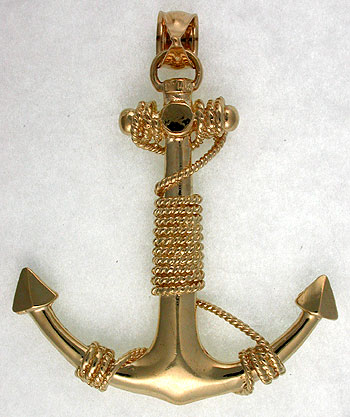
What is a Co-Citation?
Most of us would have already seen the blog that started the buzz on co-citations, but here’s a brief explanation for those who haven’t. Some pages rank for specific keywords without even optimizing their site for that specific term. You’ll find the words used in the text sparingly, and they may not even be part of the titles, headers, and metadata. These pages rank because their brands appear alongside those keywords in other sites. We’re talking about plain text citations, and these texts do not even contain a contextual link to the site that’s ranking for a specific keyword.
Replacing Anchor Texts?

As Google moves toward ranking sites based on context, it becomes smarter at detecting co-citations. The blog claims that in the future, co-citations will be a more significant ranking signal than anchor texts. It recommends that SEOs should focus more on online PR strategies, and on optimizing press releases and online reviews.
The Counter-Argument

He also points out that the blog does not mention whether the words co-occur in the websites making up the examples’ backlink profiles. It changes the way we view how anchor texts work, but it does not discount anchor texts as an important ranking signal. Finally, Slawski mentions that the right term for this is co-occurrence, and that its effectiveness depends on Google’s Phrase Based Indexing patents. This means, co-occurrence only works if the keywords are relevant to the context of the rest of the text.
The Solution: Contextual Citation
There’s no denying that co-citation (or co-occurrence) is becoming increasingly important as a ranking signal. It does not mean, however, that the anchor text is dying – it remains a valuable ranking signal as well. Remember that rankings do not depend largely on one element alone. The best way to prepare yourself for Google’s ever-changing ranking criteria is to strengthen websites with both co-citation and anchor text in mind.
Continue building a strong backlink profile and targeting your selected keywords while implementing changes to your PR strategy. Improving your content quality attracts more visitors to link back to your site. It also encourages conversations among people and discussions in blogs, media sources, and other websites, which adds more co-citation instances. By improving the content you give your target audience, you increase the chances of your citations and links to be more contextually relevant to your industry, which in turn strengthens and boosts your rankings on the SERPs.
Contact your account manager today to start building your own combined strategy. Sign up for a free account and become our partner today. Check back soon for more news on SEO!


